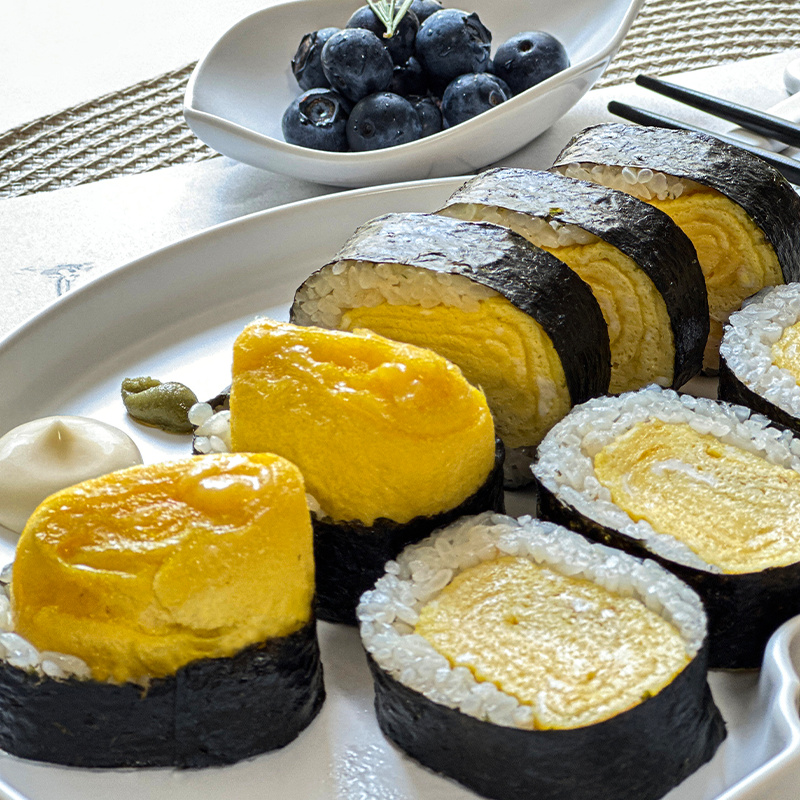
[Simple Korean food] Rolled omelet gimbap
The egg gimbap of Dong-A restaurant, which is popular in Daegu, is catchy and I made it in a similar shape. Sweet and salty dish with tsuyu and sugar
1 serving
Within 30 minutes
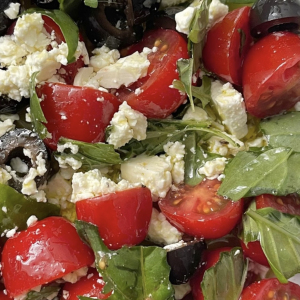
베이지
- Ingredients
-
-
instant rice1bowl
-
dried seaweed for kimbap1piece
-
egg4ea
-
olive oil1spoon
-
Sesame oil1spoon
-
Sugar1spoon
-
Tzuyu1/2spoon
-
Milk2spoon
-
cooking wine1spoon
-
Salt2little
-
Mayonnaise1spoon
-
Wasabi1/2spoon
-
- Cooking Steps
-
STEP 1/10Beat in 4 eggs and mix well without removing the string. When you make a thick rolled omelet, add milk and cooking wine, and it breaks down easily because it gets more water, so it acts as an "adhesive." Season the egg mixture with a pinch of sugar, tsuyu, milk, cooking wine, and salt. Stir until the sugar is completely dissolved.
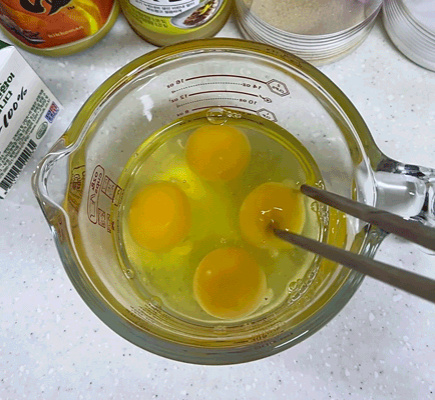 STEP 2/10Spread olive oil evenly over low heat wok and coat evenly with kitchen towel. If you have a special pan, it's easy to make by pouring egg water and turning it upside down. If not, I've tried all the flat pans or round cast iron pans, but the wok was good to use.
STEP 2/10Spread olive oil evenly over low heat wok and coat evenly with kitchen towel. If you have a special pan, it's easy to make by pouring egg water and turning it upside down. If not, I've tried all the flat pans or round cast iron pans, but the wok was good to use.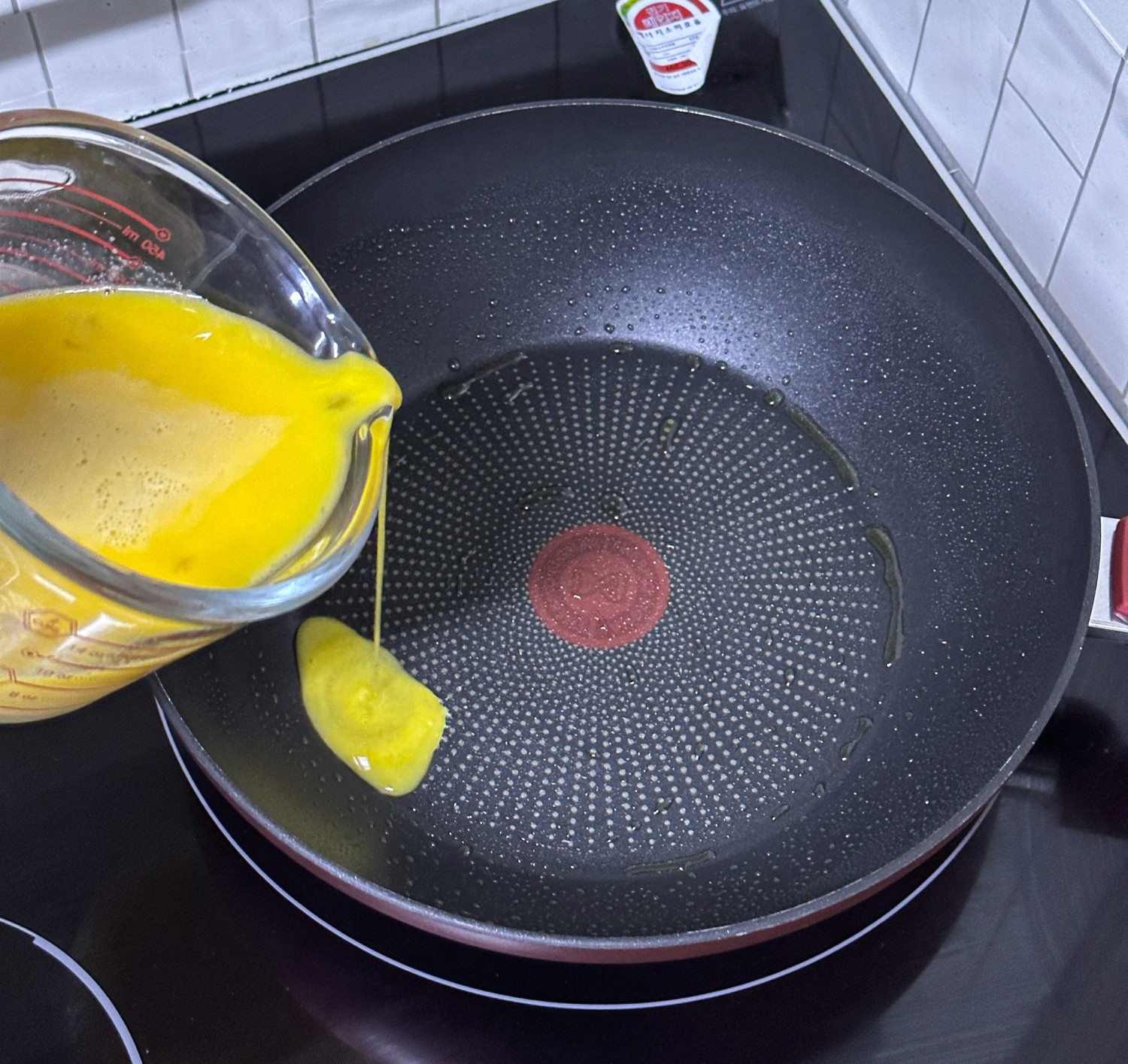 STEP 3/10I'm going to use the egg mixture three times. If the last digit changes color, it's the order to flip it over. Even if you cook it on low heat, the egg can burn if you leave it for a long time, so timing is important.
STEP 3/10I'm going to use the egg mixture three times. If the last digit changes color, it's the order to flip it over. Even if you cook it on low heat, the egg can burn if you leave it for a long time, so timing is important.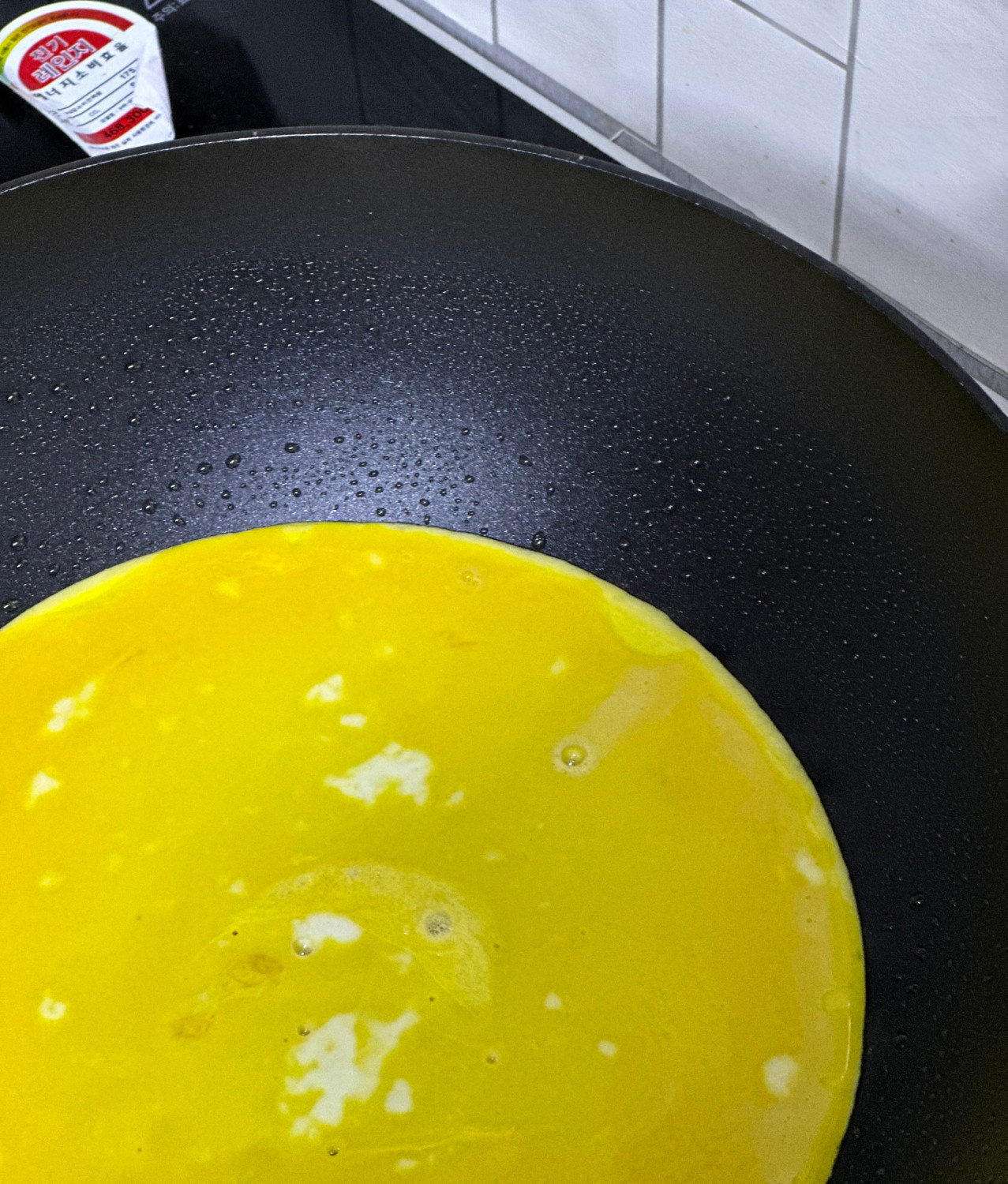 STEP 4/10Roll it carefully with a flipper to shape it, and pour it for the second time. Similarly, it's "low heat cooking".
STEP 4/10Roll it carefully with a flipper to shape it, and pour it for the second time. Similarly, it's "low heat cooking".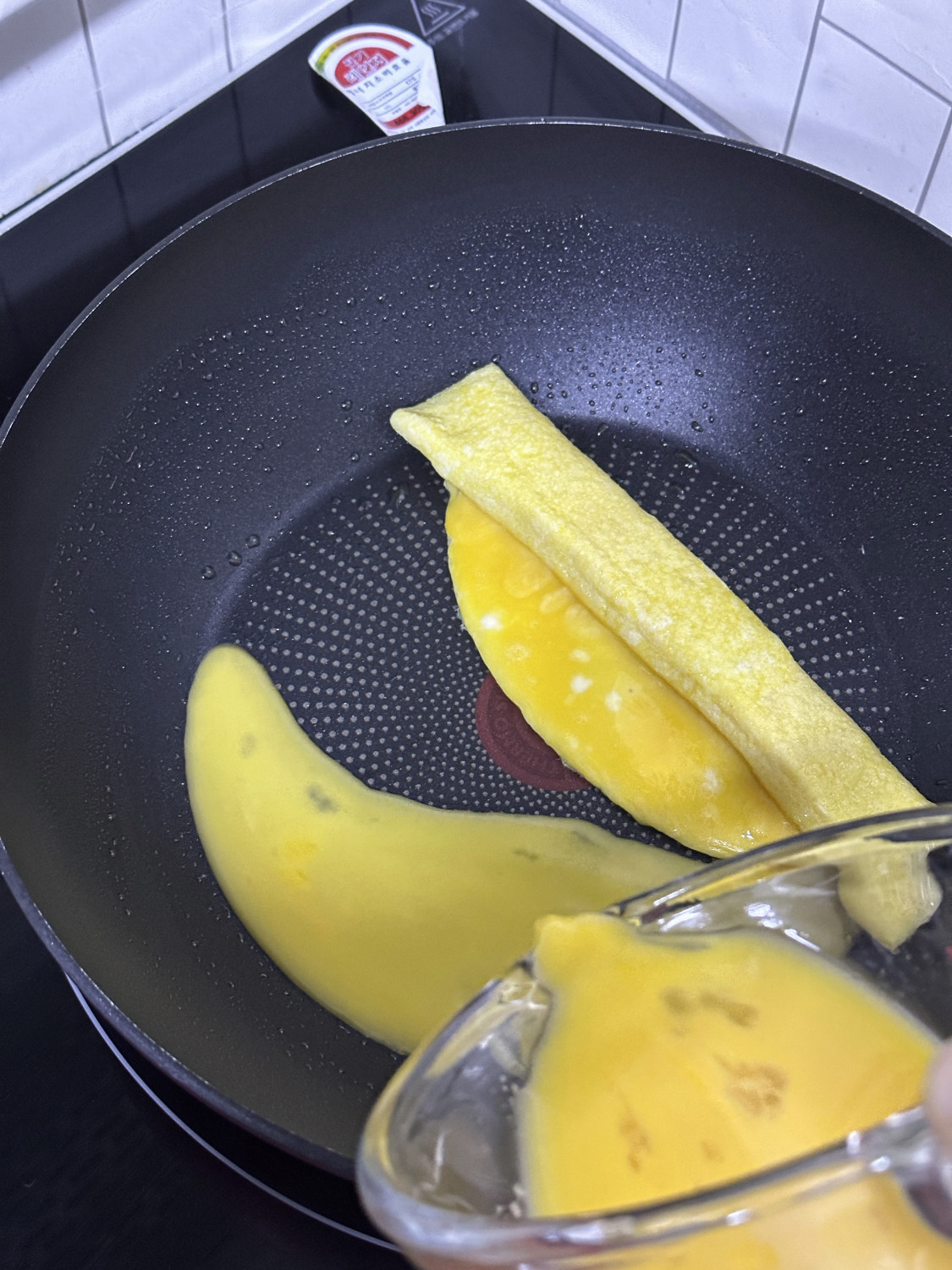 STEP 5/10Even if the egg roll doesn't look pretty in the middle, you can finish it pretty if you do well at the end. Third, make it into a shape.
STEP 5/10Even if the egg roll doesn't look pretty in the middle, you can finish it pretty if you do well at the end. Third, make it into a shape.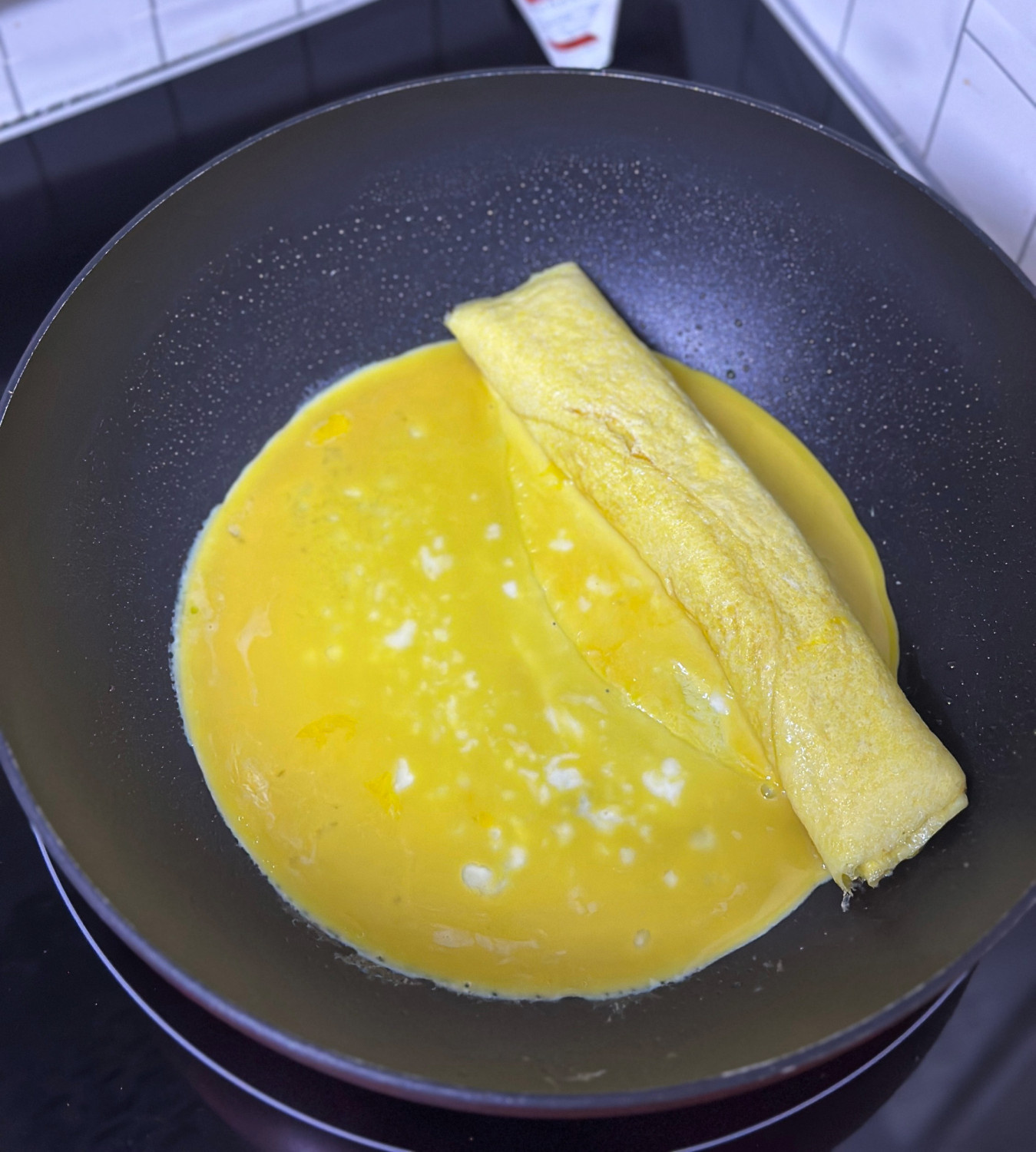 STEP 6/10Use the remaining heat in the frying pan to finish evenly. It's warm, so it's shaped.
STEP 6/10Use the remaining heat in the frying pan to finish evenly. It's warm, so it's shaped.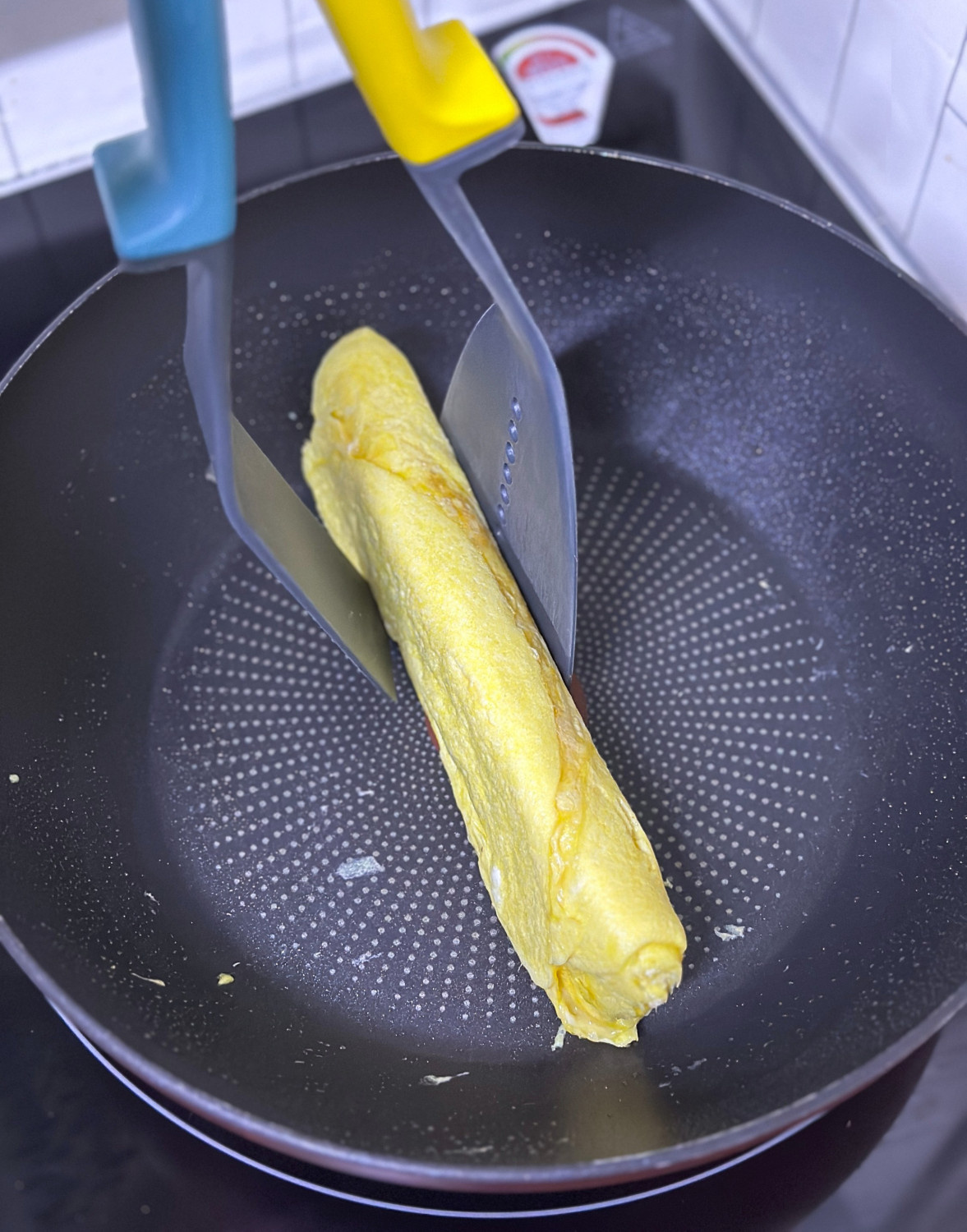 STEP 7/10Hold the rolled omelet tightly with a rubber band and wrap it round and let it cool for a while. The remaining heat helps the egg cook.
STEP 7/10Hold the rolled omelet tightly with a rubber band and wrap it round and let it cool for a while. The remaining heat helps the egg cook.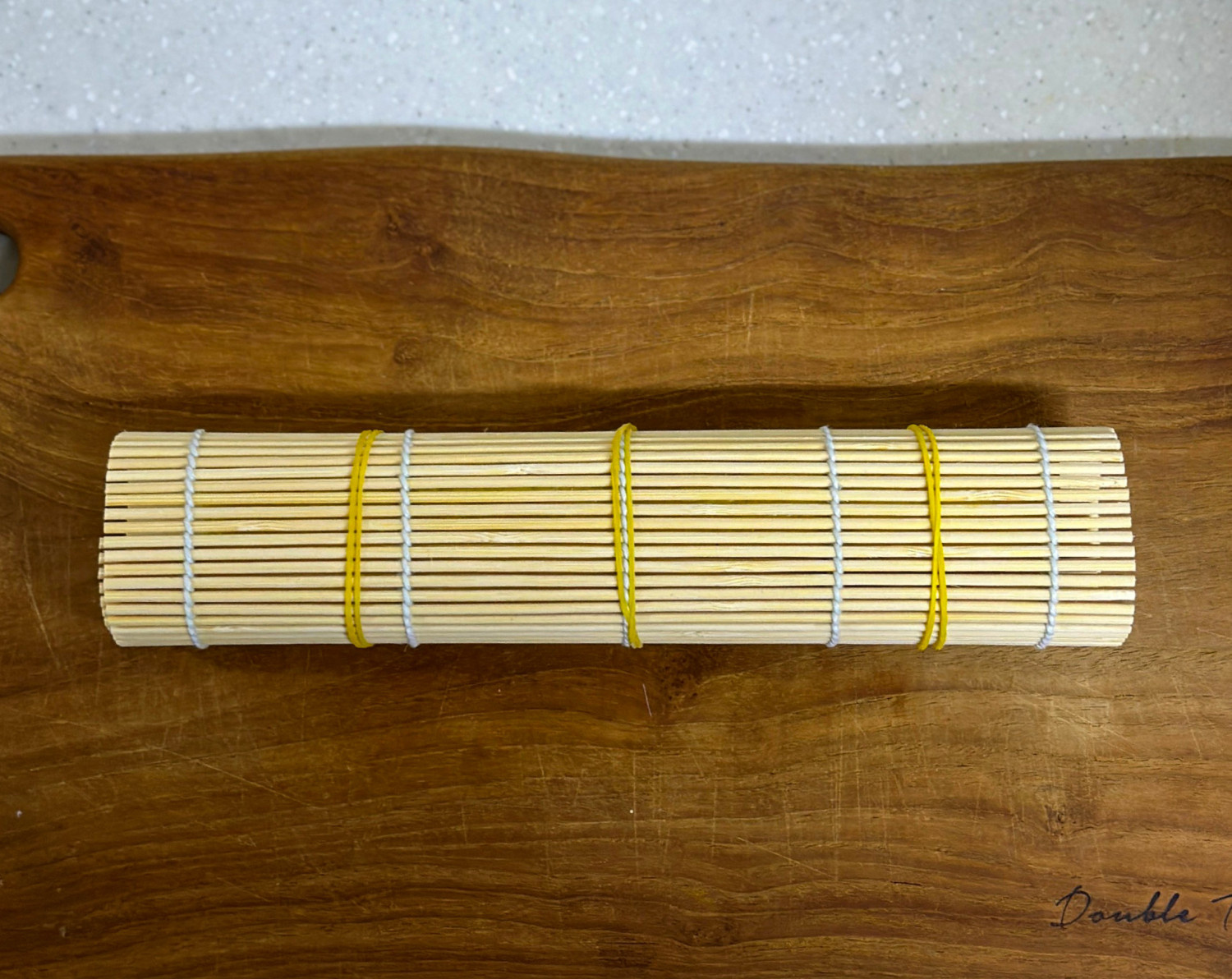 STEP 8/10Add a pinch of sesame oil and salt to 1 serving of rice and mix it well with the rice grains without pressing it. You can use one instant rice.
STEP 8/10Add a pinch of sesame oil and salt to 1 serving of rice and mix it well with the rice grains without pressing it. You can use one instant rice.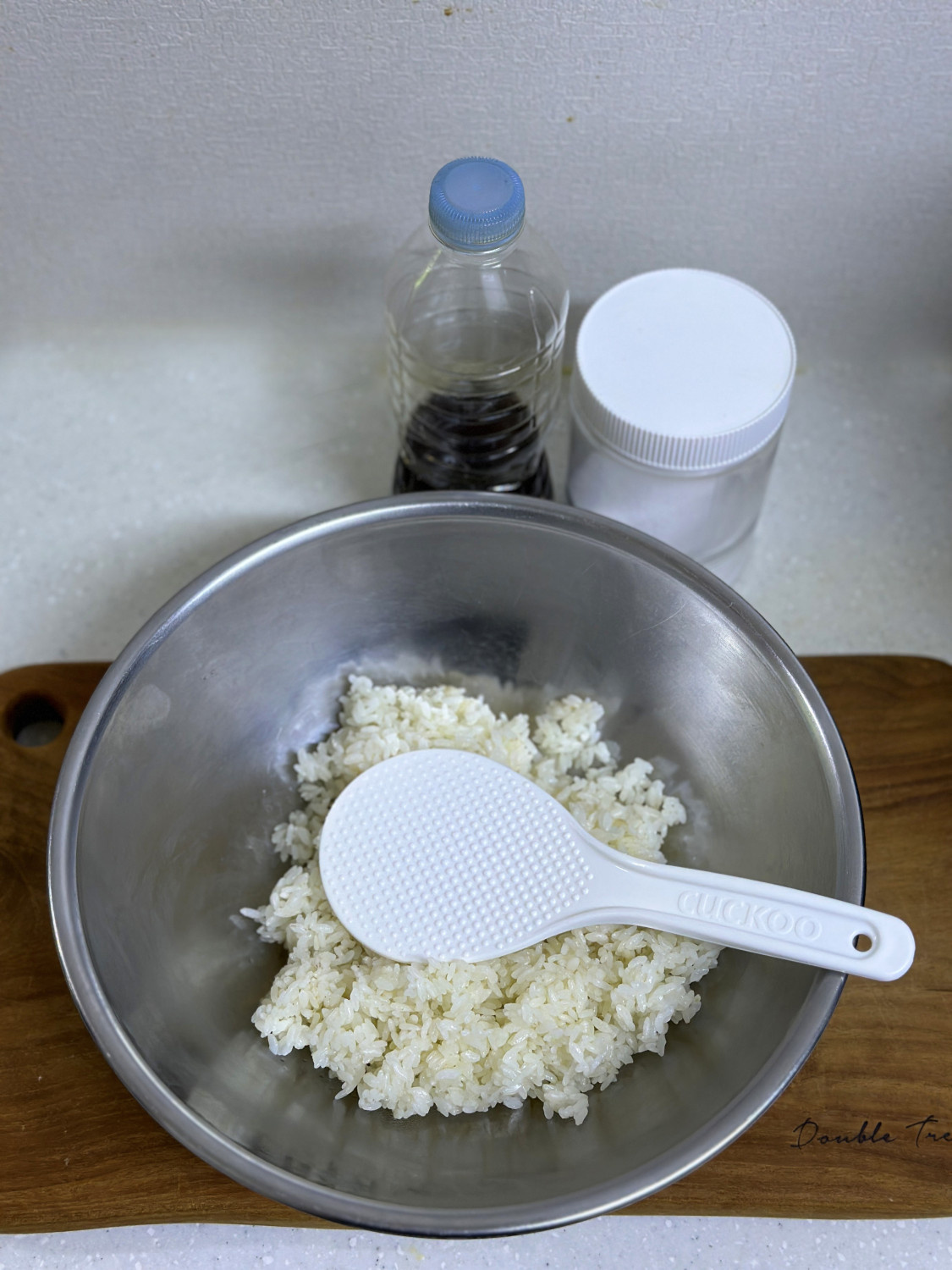 STEP 9/10Fill the rough side of gimbap seaweed with sesame oil and salted rice until 2/3 thin. Place egg rolls on top and roll over, pressing hard. The tip is to put water on the end of the seaweed so that it doesn't open up!
STEP 9/10Fill the rough side of gimbap seaweed with sesame oil and salted rice until 2/3 thin. Place egg rolls on top and roll over, pressing hard. The tip is to put water on the end of the seaweed so that it doesn't open up!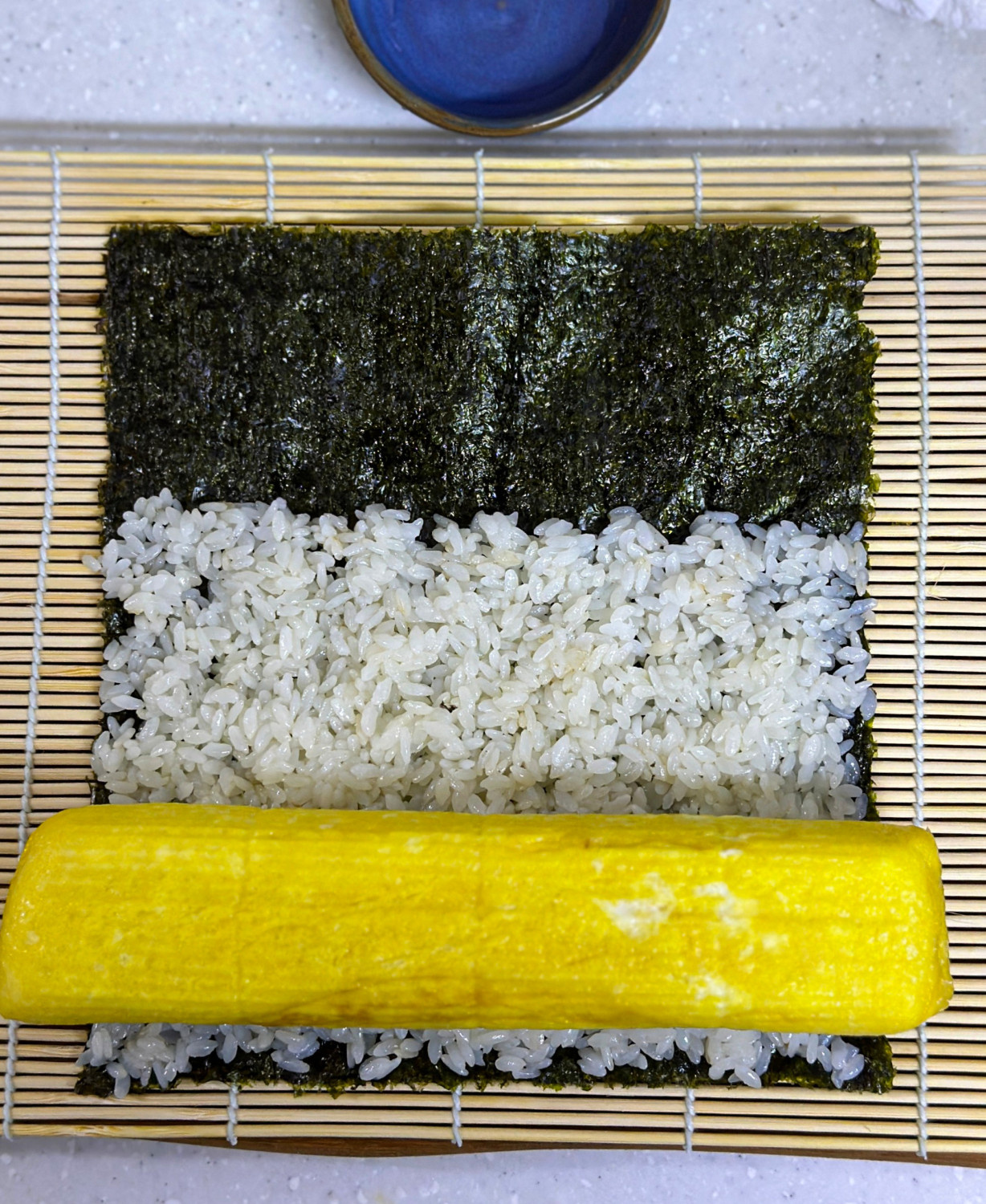 STEP 10/10Cut it carefully so that the steam doesn't burst, and then plate it in a pretty bowl, and it's done. It's a simple recipe that you can complete by making an egg roll and rolling it.
STEP 10/10Cut it carefully so that the steam doesn't burst, and then plate it in a pretty bowl, and it's done. It's a simple recipe that you can complete by making an egg roll and rolling it.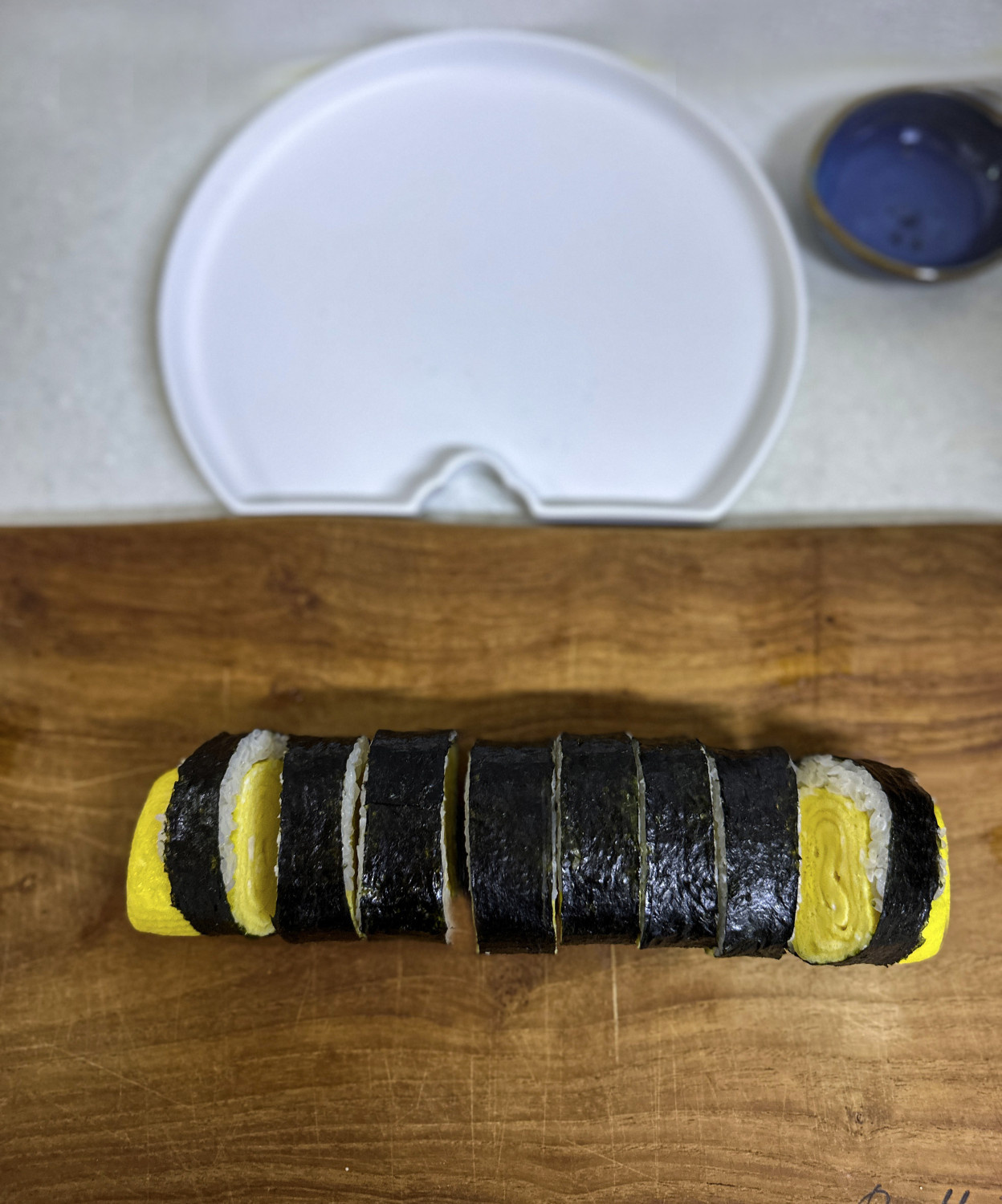 Put water on the end of the seaweed and glue it so that the gimbap doesn't open.
Put water on the end of the seaweed and glue it so that the gimbap doesn't open.
- chicken Recommended recipe
-
-
1
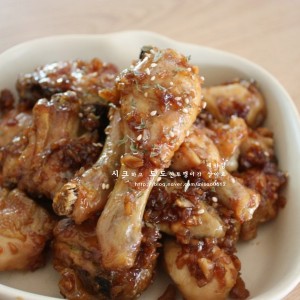 Grilled garlic chicken. Mom's garlic chicken4.83(35)
Grilled garlic chicken. Mom's garlic chicken4.83(35) -
2
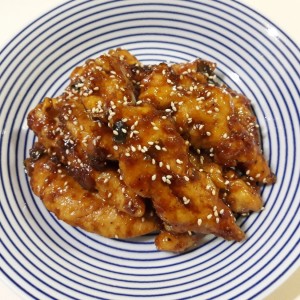 Making soy sauce chicken Kyochon slap sauce :)4.81(63)
Making soy sauce chicken Kyochon slap sauce :)4.81(63) -
3
 Oven chicken is the best for outing!!4.74(19)
Oven chicken is the best for outing!!4.74(19) -
4
 Super simple chicken leg chicken (feat. air fryer)4.78(9)
Super simple chicken leg chicken (feat. air fryer)4.78(9)
-
- Japchae Recommended recipe
-
-
1
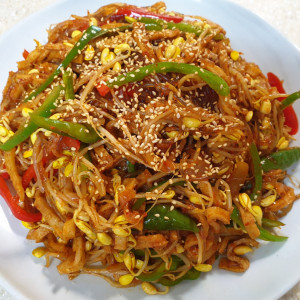 Bean sprout japchae spicy and crunchy simple steamed dish4.88(50)
Bean sprout japchae spicy and crunchy simple steamed dish4.88(50) -
2
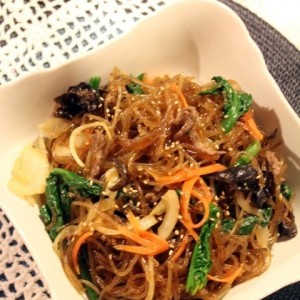 If you don't watch it, you'll regret it - super fast japchae gol4.71(28)
If you don't watch it, you'll regret it - super fast japchae gol4.71(28) -
3
 This is the golden recipe for japchae4.77(1024)
This is the golden recipe for japchae4.77(1024) -
4
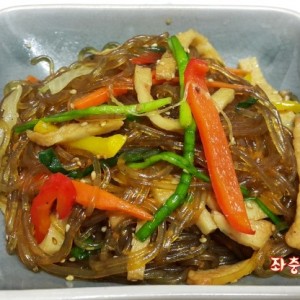 Golden recipe for making japchae4.83(30)
Golden recipe for making japchae4.83(30)
-